Home>Gardening & Outdoor>Landscaping Ideas>How To Redo Your Grass
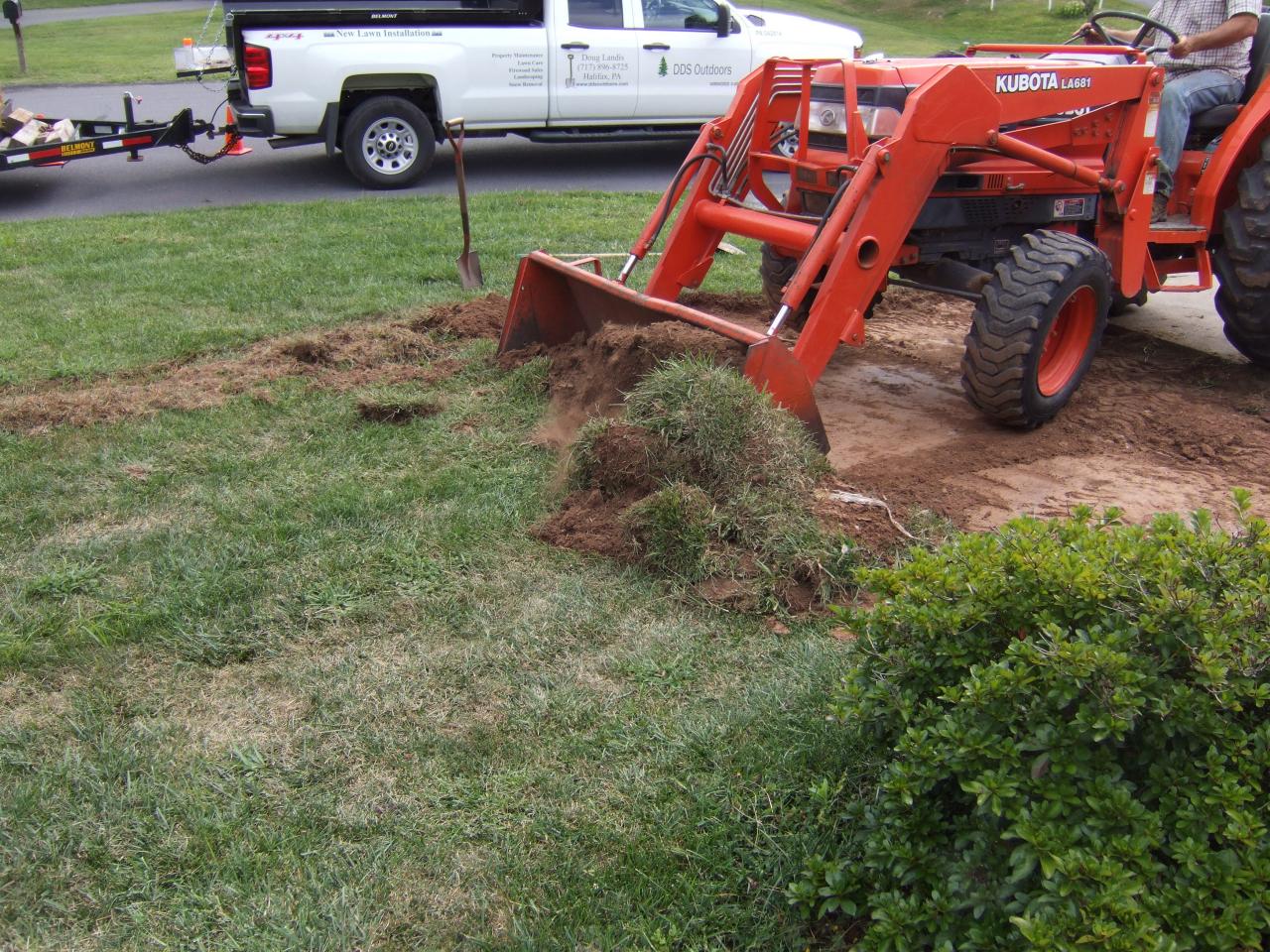

Landscaping Ideas
How To Redo Your Grass
Modified: February 18, 2024
Learn how to transform your outdoor space with our landscaping ideas for redoing your grass. Discover expert tips and techniques for a beautiful lawn makeover. Start your project today!
(Many of the links in this article redirect to a specific reviewed product. Your purchase of these products through affiliate links helps to generate commission for Storables.com, at no extra cost. Learn more)
Introduction
Welcome to the ultimate guide on how to redo your grass! A lush, green lawn can transform your outdoor space, providing a welcoming environment for relaxation, play, and entertainment. Whether you’re looking to revitalize a tired lawn or create a brand-new green haven, this comprehensive article will walk you through the entire process, from assessing your current grass to choosing the right type of grass, preparing the soil, planting new grass, and maintaining its health and beauty.
Redoing your grass is a rewarding endeavor that can significantly enhance the curb appeal and enjoyment of your property. By following the steps outlined in this guide, you’ll be well-equipped to achieve a vibrant, healthy lawn that will be the envy of your neighborhood.
Key Takeaways:
- Choose the right grass type based on your local climate, sun exposure, and intended lawn usage to ensure a vibrant and resilient lawn that thrives in your specific environment.
- Prepare the soil thoroughly by clearing the area, aerating, testing, applying amendments, leveling, and watering to create an optimal foundation for healthy new grass growth.
Read more: How To Redo Your Stairs
Assessing Your Grass
Before embarking on the journey of redoing your grass, it’s crucial to assess the current state of your lawn. Take a walk around your yard and carefully observe the condition of the grass. Look out for areas of sparse growth, discoloration, weeds, and patches of bare soil. Understanding the existing challenges will guide your approach to revitalizing your lawn.
One key aspect to evaluate is the type of grass currently growing in your yard. Different grass species thrive in different climates and soil conditions. Take note of the grass’s appearance, texture, and growth patterns. Additionally, consider the level of foot traffic your lawn receives, as this will influence the type of grass that is best suited for your space.
Furthermore, assess the presence of weeds, pests, and diseases. Weeds can compete with grass for essential nutrients and water, while pests and diseases can cause significant damage if left unchecked. Identifying any existing issues will allow you to address them effectively as part of the grass redoing process.
Another important factor to consider is the quality of the soil. Soil composition, pH levels, and drainage play a vital role in the health of your grass. Conducting a soil test can provide valuable insights into the soil’s characteristics, enabling you to make informed decisions when preparing for new grass installation.
By thoroughly assessing your grass and its surrounding environment, you’ll gain a clear understanding of the challenges and opportunities present in your lawn. This knowledge will serve as a solid foundation for the subsequent steps in the grass redoing process, ensuring that you’re equipped to make the best choices for a vibrant and resilient lawn.
Choosing the Right Grass Type
When it comes to redoing your grass, selecting the right type of grass is a critical decision that will significantly impact the overall health and appearance of your lawn. The choice of grass should be based on various factors, including your local climate, soil type, sun exposure, and anticipated lawn usage.
Start by researching the grass species that are well-suited to your specific region. Different grass types thrive in varying climates, such as cool-season grasses that flourish in northern regions and warm-season grasses that are better suited to southern climates. Consider the average temperatures, rainfall patterns, and seasonal changes in your area to determine the most suitable grass species for your lawn.
Assess the amount of sunlight and shade that your lawn receives throughout the day. Some grasses, like Bermuda grass and Zoysia grass, thrive in full sun, while others, such as Fine Fescue and St. Augustine grass, are more tolerant of shaded conditions. Understanding the sun exposure in your yard will guide your selection of grass species that can thrive in the available light conditions.
Additionally, consider the intended use of your lawn. If you expect heavy foot traffic from children or pets, opt for a durable grass variety that can withstand frequent activity. For areas where aesthetics are a priority, such as front yards or ornamental gardens, prioritize grass species known for their lush appearance and fine texture.
Soil characteristics play a crucial role in determining the most suitable grass type. Some grasses, like Centipede grass and Buffalo grass, thrive in acidic soils, while others, such as Kentucky Bluegrass and Tall Fescue, prefer neutral to slightly alkaline soil conditions. Understanding your soil’s pH levels and drainage capacity will help you choose a grass species that can thrive in your specific soil environment.
By carefully considering your local climate, sun exposure, anticipated lawn usage, and soil conditions, you can confidently select the right grass type that will thrive in your yard. This thoughtful approach to grass selection sets the stage for a successful lawn redoing project, ensuring that your new grass will flourish and enhance the beauty of your outdoor space.
Preparing the Soil
Before planting new grass, it’s essential to prepare the soil to create an optimal environment for healthy growth. Proper soil preparation sets the stage for strong root development, effective nutrient absorption, and overall resilience of the grass. Follow these steps to ensure that your soil is primed for the successful establishment of new grass:
- Clear the Area: Begin by removing any debris, rocks, or existing vegetation from the area where you plan to plant new grass. This step ensures a clean and unobstructed surface for the upcoming soil preparation process.
- Aerate the Soil: Aerating the soil improves its structure and promotes better air and water circulation. Use a core aerator to create small holes in the soil, allowing for enhanced root penetration and nutrient uptake. This step is particularly beneficial for compacted soils and areas with poor drainage.
- Test the Soil: Conduct a soil test to assess its pH levels and nutrient content. This information will guide the application of soil amendments, such as lime to adjust pH or organic matter to improve fertility. Following the recommendations from the soil test results will ensure that your soil provides an ideal foundation for new grass growth.
- Apply Amendments: Based on the soil test results, apply the necessary amendments to optimize the soil conditions for grass establishment. Incorporate organic matter, such as compost or well-rotted manure, to enhance soil structure and fertility. Additionally, adjust the pH levels by applying lime or sulfur as recommended by the soil test.
- Level the Surface: Use a rake or leveling tool to create a smooth and even surface for planting. Leveling the soil removes bumps and depressions, providing a uniform bed for the new grass seeds or sod to establish and grow evenly.
- Water the Soil: Prior to planting, thoroughly water the prepared soil to ensure adequate moisture levels. Proper soil hydration creates an ideal environment for seed germination and root development, setting the stage for successful grass establishment.
By diligently preparing the soil, you create an environment that is conducive to the healthy growth of new grass. This foundational step sets the stage for a thriving lawn, ensuring that your efforts in planting new grass yield beautiful and resilient results.
Before redoing your grass, make sure to properly prepare the soil by removing any debris and weeds. This will help the new grass to establish and grow effectively.
Planting New Grass
Once the soil is prepared, it’s time to proceed with the exciting step of planting new grass. Whether you choose to sow grass seeds or install sod, careful attention to the planting process is essential for establishing a lush and vibrant lawn. Follow these guidelines to ensure successful grass planting:
- Seed Selection: If you opt for seeding, choose high-quality grass seeds that are well-suited to your climate and soil conditions. Consider a blend of grass varieties to enhance resilience and visual appeal. Select grass species that align with the sunlight exposure and usage patterns of your lawn.
- Seed Distribution: Evenly distribute the grass seeds over the prepared soil using a seed spreader or by hand. Pay attention to recommended seeding rates to achieve optimal coverage. Raking the seeds lightly into the soil surface promotes good seed-to-soil contact, aiding in germination.
- Sod Installation: If you prefer the instant impact of sod, carefully lay the sod pieces in a staggered pattern, ensuring that the edges are tightly butted together. Use a sod roller to press the sod into the soil, eliminating air pockets and promoting root contact with the ground.
- Watering: After seeding or sod installation, water the planted area thoroughly. Keep the soil consistently moist but not waterlogged to support germination and root establishment. Gradually taper the watering frequency as the grass becomes established.
- Protective Measures: Consider covering seeded areas with a thin layer of straw to retain moisture and protect the seeds from birds. For sodded areas, avoid heavy foot traffic during the initial establishment period to allow the roots to firmly anchor into the soil.
- Maintenance: Monitor the planted areas closely, ensuring that the soil remains adequately moist during the germination phase. As the new grass begins to establish, gradually introduce a regular mowing and maintenance routine to encourage healthy growth and density.
By following these steps, you’ll lay the groundwork for a successful transition to a lush, new lawn. Whether you choose to sow seeds or lay sod, thoughtful attention to the planting process will yield a verdant and inviting outdoor space for relaxation and recreation.
Read more: How To Redo Grass In The Backyard
Watering and Maintenance
Proper watering and ongoing maintenance are crucial for nurturing the newly planted grass and ensuring its long-term health and vitality. By following a consistent watering schedule and implementing effective maintenance practices, you’ll support the establishment of a resilient and attractive lawn. Here’s how to approach watering and maintenance for your newly redone grass:
- Watering Schedule: Establish a regular watering schedule to promote deep root growth and overall grass health. Water the newly planted grass early in the morning to minimize evaporation and fungal issues. Avoid excessive watering that leads to waterlogged soil, as it can suffocate the roots and promote disease.
- Monitoring Moisture Levels: Keep a close eye on the soil moisture levels, especially during hot and dry periods. Adjust your watering frequency based on the weather conditions and the specific needs of the newly established grass. A moisture meter can be a valuable tool for gauging the soil’s hydration status.
- Mowing Practices: Once the new grass reaches the recommended mowing height, begin regular mowing to encourage healthy growth and density. Use a sharp mower blade and adhere to the one-third rule, which involves removing no more than one-third of the grass blade’s height in a single mowing session.
- Fertilization: After the new grass has been established for several weeks, consider applying a high-quality, slow-release fertilizer to provide essential nutrients for sustained growth. Follow the manufacturer’s recommendations for application rates and timing to avoid overfertilization.
- Weed Control: Keep an eye out for any emerging weeds and address them promptly to prevent competition for resources and space. Consider using targeted weed control methods to minimize the impact on the newly established grass while effectively managing weed growth.
- Aeration and Overseeding: As the grass matures, periodic aeration can help alleviate soil compaction and enhance air and water circulation in the root zone. Additionally, overseeding thin or bare areas can promote a denser and more resilient lawn over time.
- Pest and Disease Management: Stay vigilant for signs of pests or diseases that may affect the health of your lawn. Promptly address any issues through appropriate pest control measures or disease management strategies to safeguard the new grass from potential threats.
By adhering to a well-structured watering schedule and implementing proactive maintenance practices, you’ll foster the development of a thriving and visually appealing lawn. Consistent care and attention will ensure that your newly redone grass continues to flourish, providing a verdant and inviting outdoor space for years to come.
Conclusion
Congratulations on completing the journey of redoing your grass! By following the comprehensive steps outlined in this guide, you’ve taken significant strides toward transforming your outdoor space into a vibrant and inviting haven. From assessing the condition of your existing grass to carefully selecting the right grass type, preparing the soil, planting new grass, and implementing effective watering and maintenance practices, you’ve laid the groundwork for a resilient and visually captivating lawn.
As your newly redone grass takes root and flourishes, remember that ongoing care and attention are key to maintaining its health and beauty. Regular watering, proper mowing, strategic fertilization, and vigilant pest and weed management will contribute to the long-term success of your lawn. Embrace the opportunity to create a personalized outdoor retreat that reflects your unique vision and enhances the overall appeal of your property.
With each passing season, your efforts in redoing your grass will be rewarded with a lush and rejuvenated lawn that serves as a backdrop for cherished moments with family and friends. Whether it’s a leisurely afternoon picnic, a lively game of catch, or simply a tranquil moment of relaxation, your revitalized grass will provide the perfect setting for a variety of outdoor activities.
As you continue to care for and enjoy your newly redone grass, take pride in the transformation you’ve accomplished. Your dedication to creating a beautiful and thriving lawn has not only enhanced your property’s curb appeal but also contributed to the overall well-being of your outdoor environment. Embrace the beauty of nature right outside your door and relish in the joy of a meticulously maintained and flourishing lawn.
May your newly redone grass bring you endless delight and serve as a testament to the rewarding results of thoughtful care and attention. Here’s to the lush, green oasis you’ve created – a testament to your commitment to nurturing the natural beauty of your outdoor space.
Frequently Asked Questions about How To Redo Your Grass
Was this page helpful?
At Storables.com, we guarantee accurate and reliable information. Our content, validated by Expert Board Contributors, is crafted following stringent Editorial Policies. We're committed to providing you with well-researched, expert-backed insights for all your informational needs.
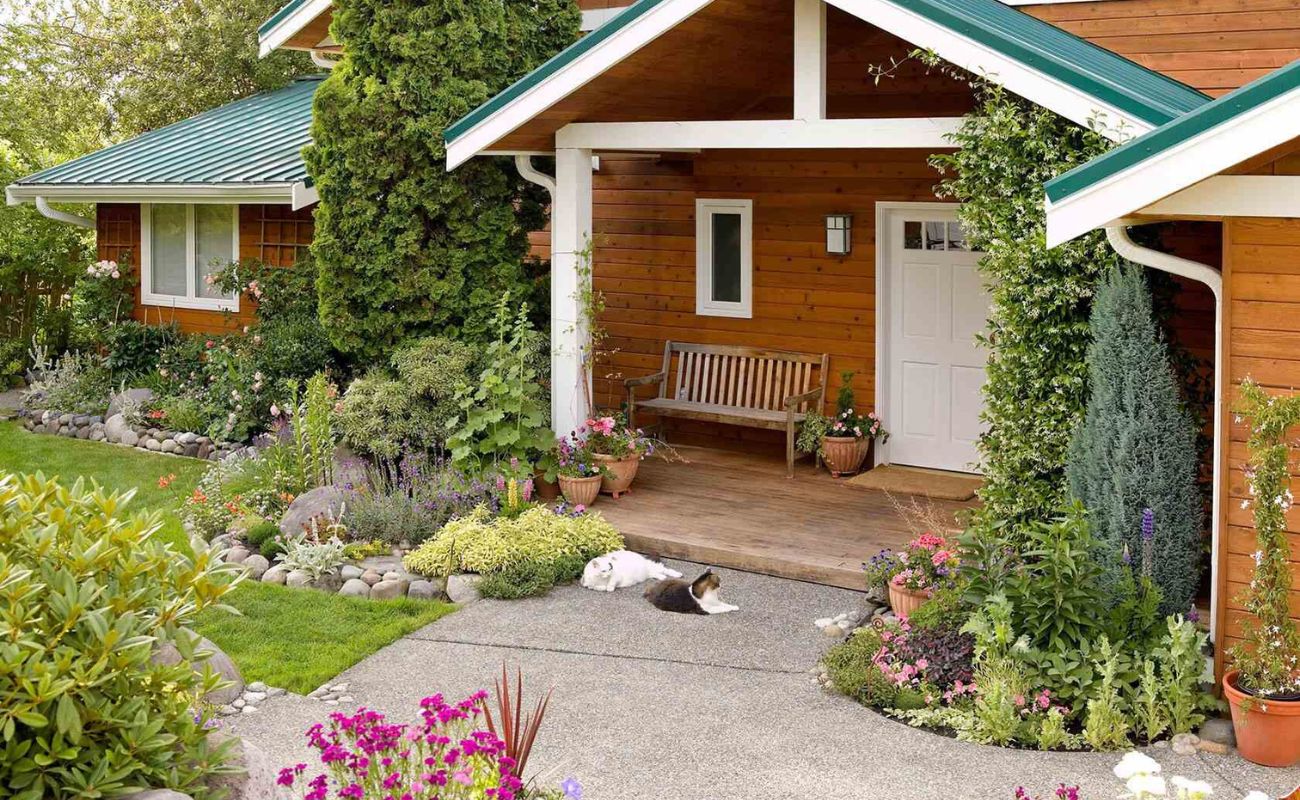







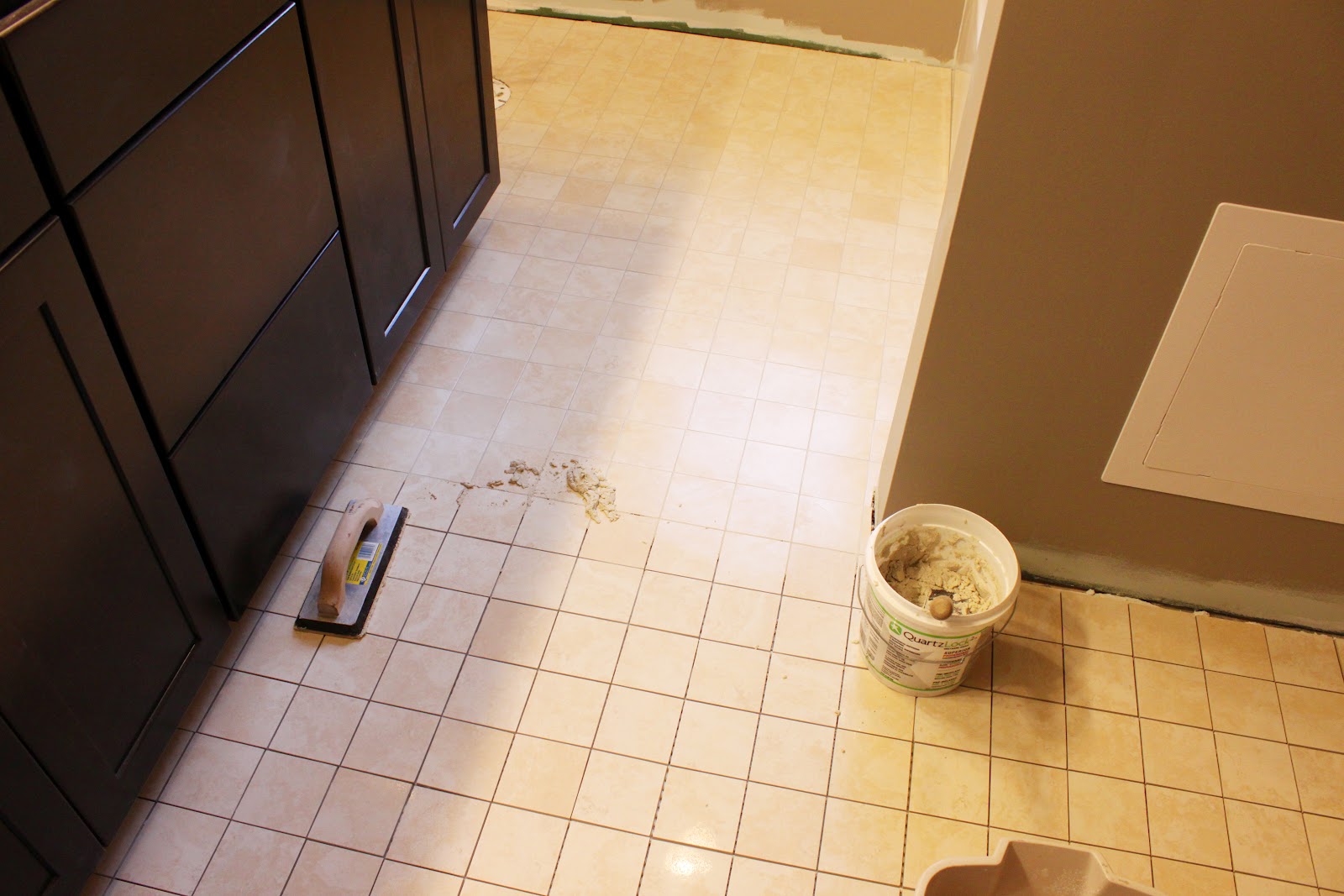
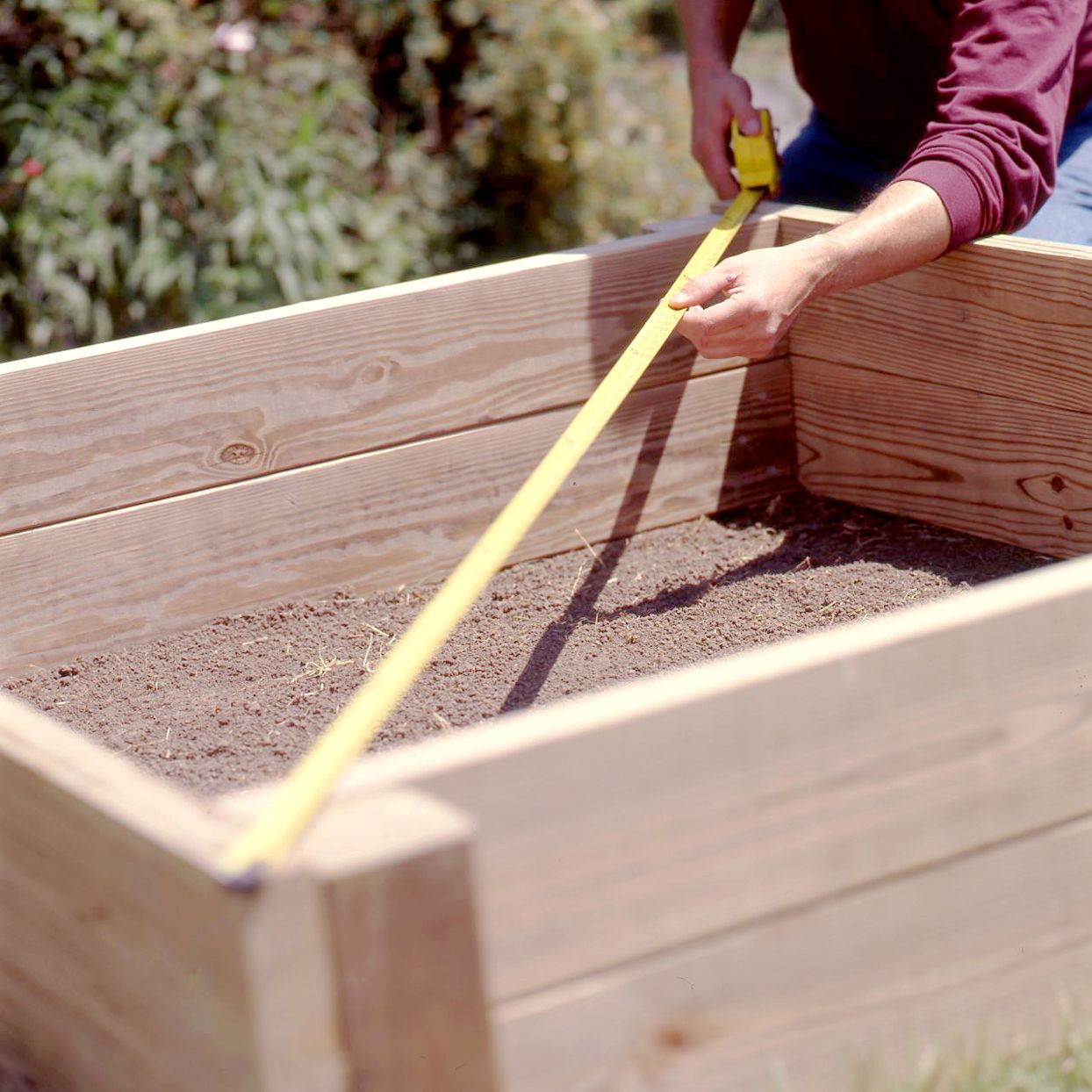



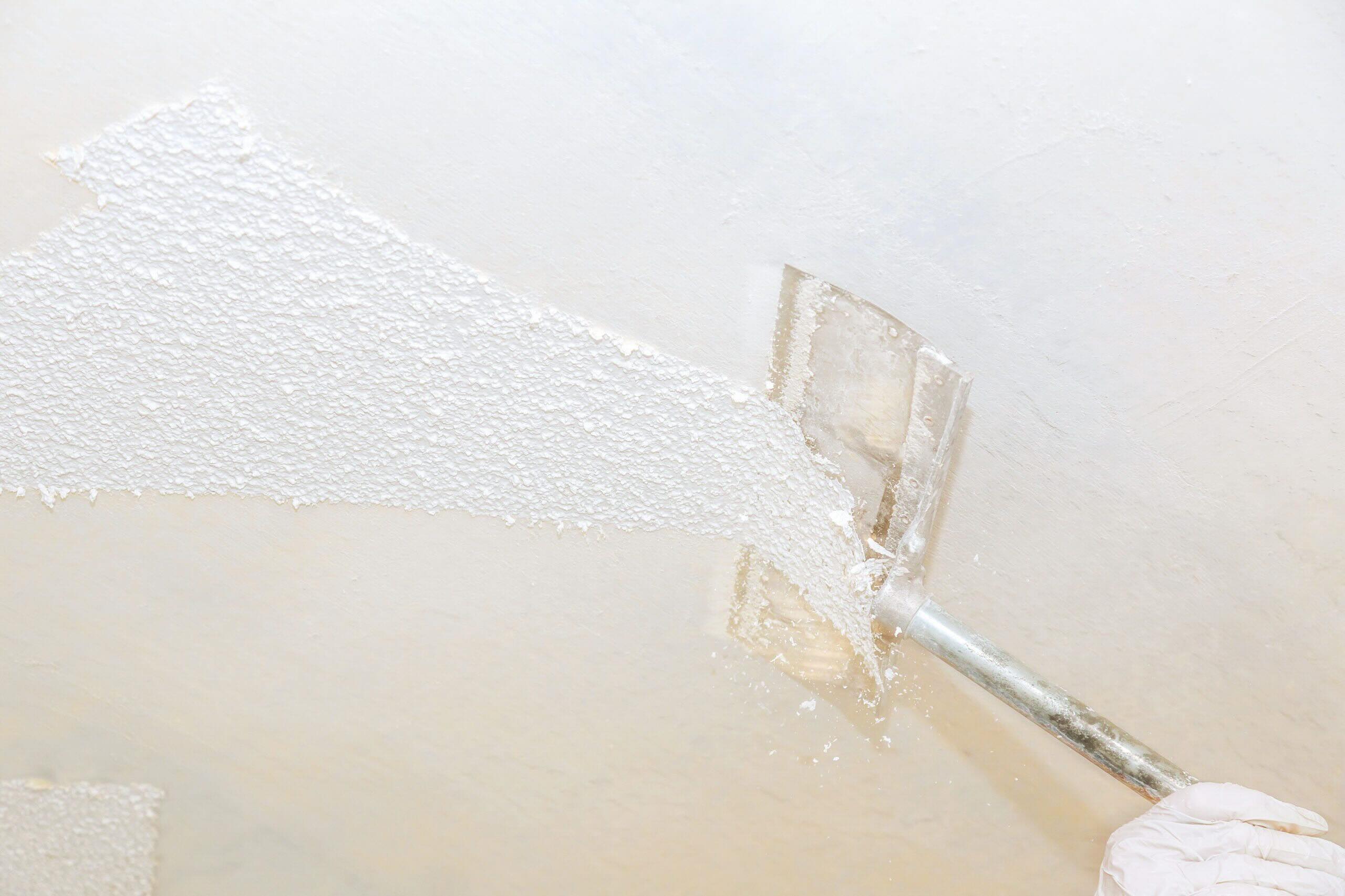

0 thoughts on “How To Redo Your Grass”